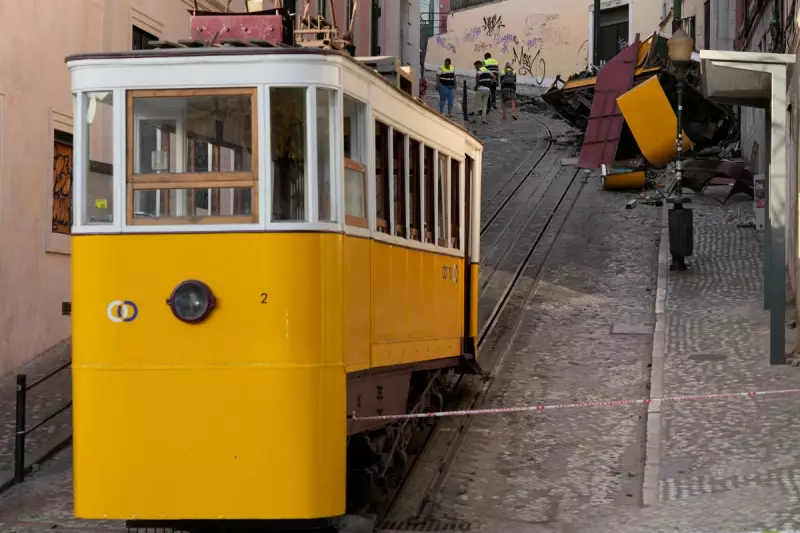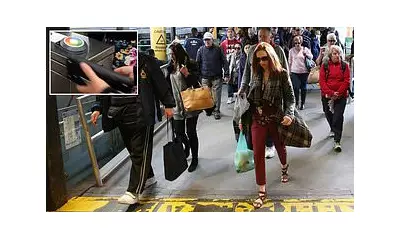
A comprehensive official investigation has determined that a catastrophic brake failure caused last year's dramatic funicular accident in Lisbon, which left more than 20 people injured and raised serious concerns about the safety of Portugal's historic transport network.
The Moment of Impact
The incident occurred on December 28th when the iconic Lavra funicular, a beloved tourist attraction connecting São Sebastião metro station with the Campo de Santana area, suddenly lost control during its descent. Witnesses described scenes of panic as the vintage tram car careered down the steep gradient before ultimately derailing near the bottom of the track.
Casualties and Emergency Response
Emergency services rushed to the scene following multiple distress calls, with firefighters and medical teams working for hours to extract trapped passengers. The Lisbon Civil Governor's office confirmed that 22 people required hospital treatment for injuries ranging from fractures to severe bruising. Fortunately, all victims have since been discharged from medical care.
Technical Investigation Findings
According to the detailed technical report, investigators identified multiple contributing factors to the accident:
- Primary brake system failure during the descent
- Inadequate emergency brake response
- Possible maintenance issues with the ageing infrastructure
- Steep gradient of the track exacerbating the situation
Historical Significance and Safety Implications
The Lavra funicular represents more than just transportation—it's a moving monument to Lisbon's history. As one of three famous funiculars operating since the 19th century, this incident has prompted urgent reviews of similar heritage transport systems across Portugal.
Transport authorities have temporarily suspended the Lavra line pending comprehensive safety upgrades, while the other two funiculars—Glória and Bica—underwent immediate safety inspections before returning to service.
Tourism Impact and Future Measures
With Lisbon's tourism industry heavily reliant on its unique historical attractions, the accident has sparked conversations about balancing heritage preservation with modern safety standards. Local officials have assured both residents and visitors that implementing enhanced safety protocols remains their highest priority.
The investigation committee has recommended immediate mechanical upgrades to all historic transport vehicles, along with more frequent safety inspections and improved emergency response coordination for Lisbon's hilly terrain.





